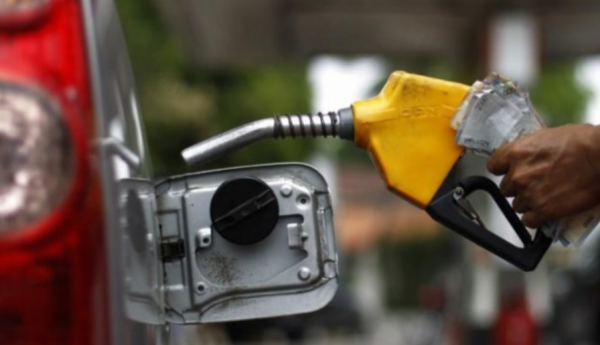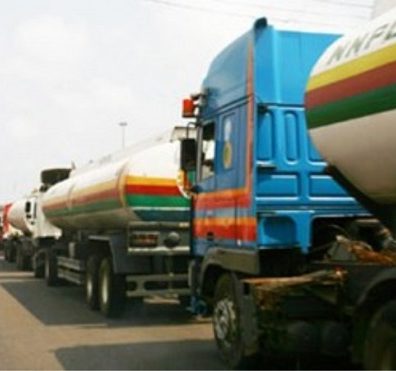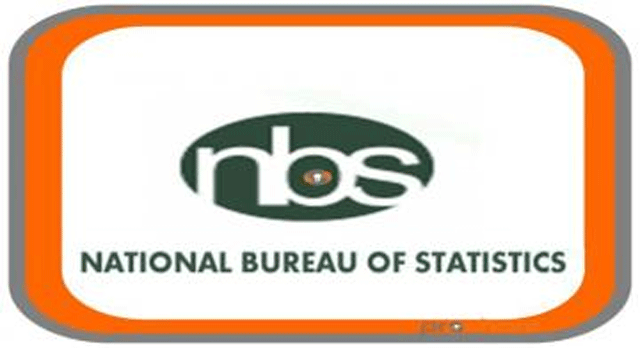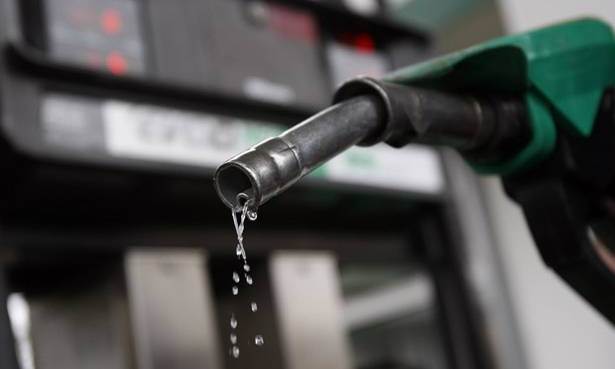Nigeria spent over N900 billion on the importation of 4.73 billion litres of petrol in the third quarter of 2018.
Data sourced from the National Bureau of Statistics (NBS) revealed that the country consumed a daily average of 49 million litres of petrol, the most used petroleum product for a period spanning July, August and September.
The last known landing cost of petrol was N205, and it is putting the Nigerian National Petroleum Corporation in a precarious position because oil industry regulator is the sole importer of product.
The country had earlier imported 4.79 billion litres of petrol in Q2, whose estimated cost stood at N819 billion because landing cost was at N171 but petrol importation dropped slightly by 60 million litres, but the estimated cost rose due to higher crude prices in the period under review.
The report also shown that 873.72 million litres of diesel, 312.71 million litres of household kerosene, 212.80 million litres of aviation fuel, and 162.37 million litres of liquefied petroleum gas (LPG) were also imported into the country in the period under review.
However, a total of 4.52 billion litres of petrol, 1.02 billion litres of diesel, 168.42 million litres of household kerosene, 189.21 million litres of aviation fuel and 125.43 million of liquefied petroleum gas (LPG) were distributed nationwide during the period under review.
NBS disclosed this in its “Petroleum Products Imports and Consumption (Truck Out) Statistics’ report released in Abuja and said that September 2018 recorded the highest volumes of petrol imported into the country at 1.59 billion litres while the highest volume of diesel at 348.22 million litres and household kerosene at 234.85 million litres were imported in July and August 2018 respectively.
Lagos state also recorded the highest level of distribution of petrol, and diesel at 547.86 million litres and 313.46 million litres respectively while Yobe state distribution levels was the lowest at the period under review, with 6.2 million litres of petrol.

 Politics7 days ago
Politics7 days ago
 Business5 days ago
Business5 days ago
 News1 week ago
News1 week ago
 Business5 days ago
Business5 days ago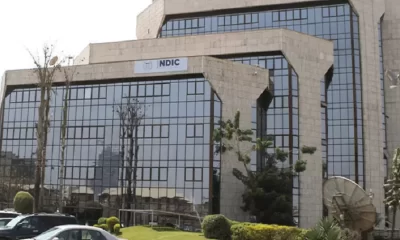
 Business1 week ago
Business1 week ago
 Business5 days ago
Business5 days ago
 Business5 days ago
Business5 days ago
 Crime1 week ago
Crime1 week ago


